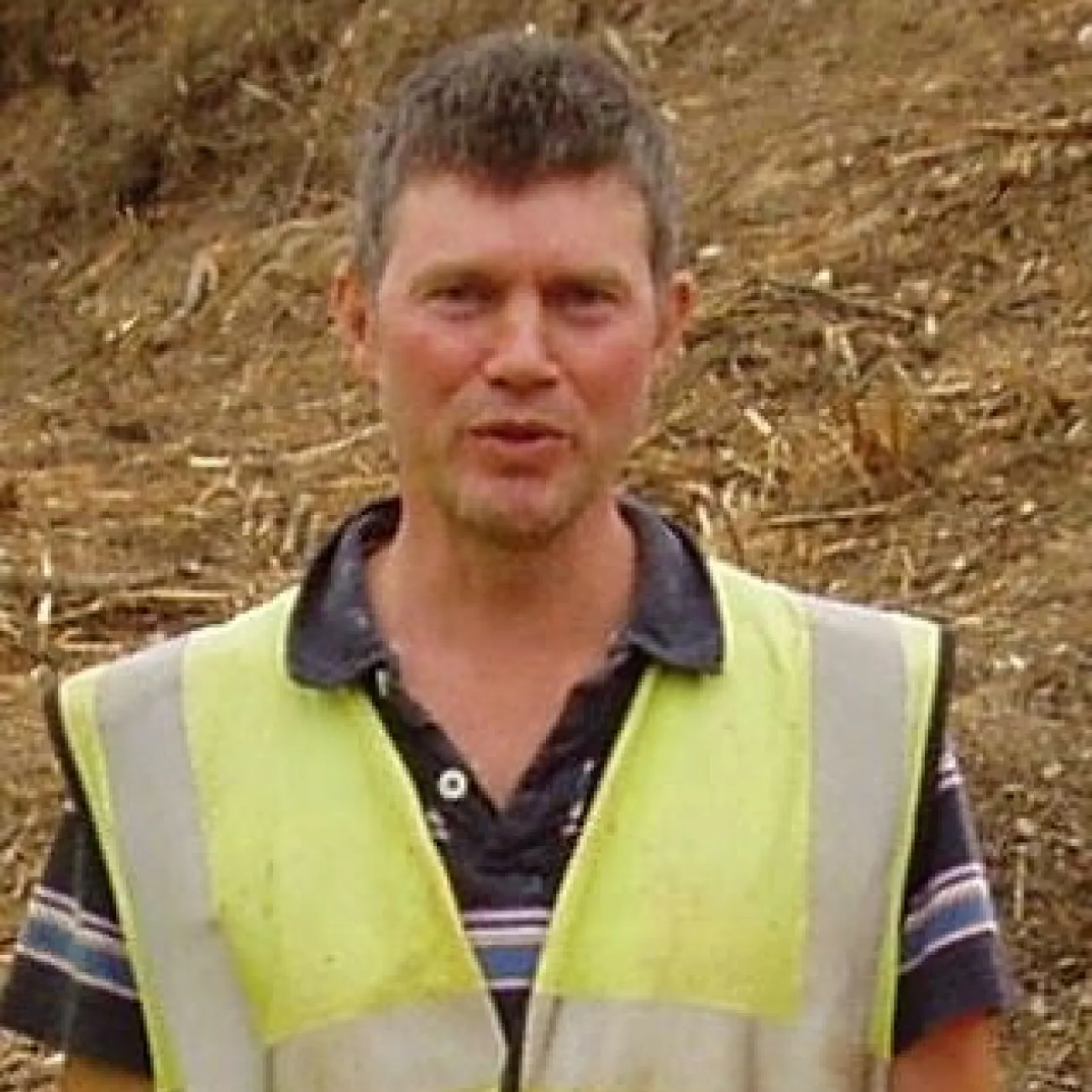Research
Research groups
Research interests
- Hominin ecology and colonisation of Europe and Asia in the Early and Middle Pleistocene, in particular the history of settlement and cultural change through the Palaeolithic in Britain
- Human evolution and cognitive development, Palaeolithic behaviour and material culture
- Pleistocene chrono-stratigraphy and geo-archaeology, with a particular emphasis on the Middle and Late Pleistocene in Britain
- environmentally sustainable development and heritage management, in particular concerning Palaeolithic and Mesolithic archaeology, and Ice Age fossil remains
Current research
All these areas overlap and coalesce in the exploration and interpretation of the material remains of the earlier prehistoric past. The same interpretive principles apply in later periods, and I am also interested in the role of lithics in later prehistoric and proto-historic societies. My research is driven to a certain extent by the chance of where major development projects take place; but, alongside this work, I am also able to maintain activity in the areas where I have greatest interest. My work is particularly informed by my long experience of excavation on Palaeolithic sites, and by my history of practical experimentation in replication of prehistoric lithic material culture by flint-knapping.
Past and current projects include:
- much work in relation to HS1 in the Ebbsfleet valley, including discovery, excavation and publication of “The Ebbsfleet Elephant”, the undisturbed remains of a 400,000 year-old early hominin elephant butchery site
- further archaeological work in the Ebbsfleet-Swanscombe area, which is the focus of substantial ongoing development following from HS1’s Ebbsfleet International station. Current projects include analysis and reporting of an undisturbed 400,000 years old activity area, and of a 10,000 year old flint-knapping workshop. Both sites were exploiting the same raw material source, 390,00 years apart.
- advising on development proposals near the Swanscombe Skull Site National Nature Reserve
- wholesale checking and revision of every Palaeolithic site in Kent, so that the official county record (the “HER”, or Historic Environment Record) is up-to-date, so planning decision-making is supported by the best information
- Environmental Impact assessment as part of the DCO application for the proposed new Lower Thames Crossing
- fieldwork in advance of widening the M25, leading to discovery of the earliest Neanderthal occupation of Britain
- fieldwork, analysis and reporting of Palaeolithic discoveries made in advance of new housing developments near Henley in South Oxfordshire
- investigations of Bronze Age activity at the site of the 2nd runway for Manchester airport
